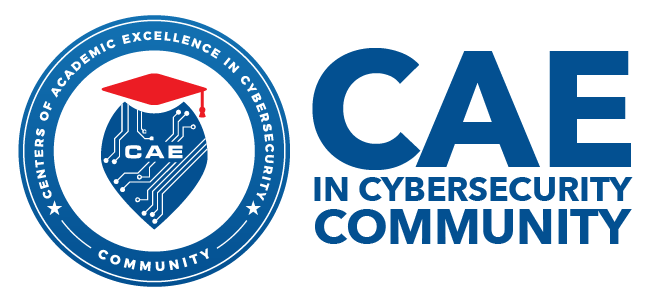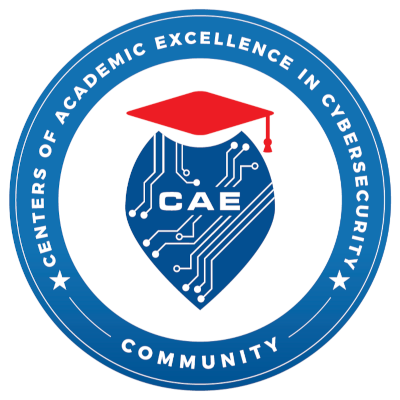Zero-Trust Architecture (ZTA) for IoT based environments
The Internet of Things (IoT) has been involved in all parts of our life (e.g., healthcare, smart cars, smart home appliances, smart cities). It is expected that by 2025, the number is expected to be around 75 billion. However, security is one of the major problems in IoT and even the manufacturers have not considered security in their design for a very long time. Furthermore, IoT devices have limited computational power and they are mostly battery operated, so we cannot have heavy security controls running on them. Hence, many IoT devices are still vulnerable to cyberattacks.
ChatGPT - Using an AI-based Conversational Model in a Traditional Programming Course
Traditional programming courses have relied on students learning coding syntax from examples and other textbook sources. As students learn to write code, they become proficient in the syntax, logic, debugging and documenting their code. ChatGPT is a revolutionary method that allows students to generate new code, fix bugs and errors and assist in the writing and learning of programming languages and computational concepts.
CTE CyberNet: Strengthening the Nation’s Cyber Workforce
Career and Technical Education (CTE) CyberNet seeks to increase the number of CTE teachers who can effectively prepare students for cybersecurity education and careers. CTE CyberNet is driven by a local academy approach to help teachers deliver more rigorous CTE cybersecurity programs of study aligned to industry standards and industry-valued certifications. The academies give educators strategies and tools to impart the knowledge, skills, and abilities outlined in the National Initiative for Cybersecurity Education (NICE) Cybersecurity Workforce Framework.
Cybersecurity Employment Outcomes of Two-Year College Alumni
The cybersecurity workforce suffers from an ongoing talent shortage and there is a lack of information correlating cybersecurity education programs to alumni employment outcomes. This exploratory, cross-sectional study will evaluate the post-graduation employment outcomes of alumni that attended two-year colleges designated by the National Security Agency as Centers of Academic Excellence in Cyber Defense.
A Collaborative Case Study: Increasing Undergraduate Research in Cybersecurity at HBCUs
The HBCU Artificial Intelligence and Cybersecurity (AI-CyS) Research Partnership consists of the following universities: Hampton, Florida A&M, Winston Salem State, University of District of Columbia, Mississippi Valley State, Norfolk State, and Howard universities working together to increase each of our individual institute’s research capacity and enhance our research collaboration.
CAE-CD Community Outreach Competition: Two Years Experience
The CAE-CD Regional Outreach Competition Committee was established by the CAE- Community of Practice (CoP) – Cyber Defense (CD): 1) to encourage and promote cybersecurity awareness and online safety practices by taking advantage of the cybersecurity outreach CAEs do throughout the year; 2) to maximize the impacts of the CAEs on the community; and 3) to strengthen the collaborative relationships between CAE Regional Hubs and their member institutions.
Alumni Relations and Involvement
Maintaining an engaged alumni community can be a challenging task. Many colleges and universities struggle to maintain relationships with alumni because they fail to foster a strong bond with the students before graduation. When students graduate, the student-institution relationship should not end; instead, it should continue progressing as needs and expectations change. Institutions should establish a robust student-institution relationship that grows throughout the student lifecycle and continues beyond graduation.
Creating Cybersecurity Discussions: The Good, the Bad, and the Engaging!
Engaging discussions between students in asynchronous online courses are an important part of learning yet many find it difficult to develop creative and effective discussion prompts in cybersecurity and other technical courses. Often these discussion prompts end up looking like short answer questions with each student posting very similar responses. It is hard to generate a meaningful conversation from this type of prompt and students often get stuck trying to think of something relevant to say. It doesn’t have to be this way!
Public Infrastructure Security Cyber Education Systems (PISCES)
The Public Infrastructure Security Cyber Education System (PISCES) is a platform which brings together industry, government, and education to deliver a job ready workforce, engage students with real-world experiences, and provide services to small local government entities which they would not otherwise be able to afford. PISCES places collectors on small governmental networks to collect netflow data. The data is stored on an ELK stack, and is monitored by students who perform anomaly analysis and threat hunting on the real data. Issues discovered are reviewed and reported.

